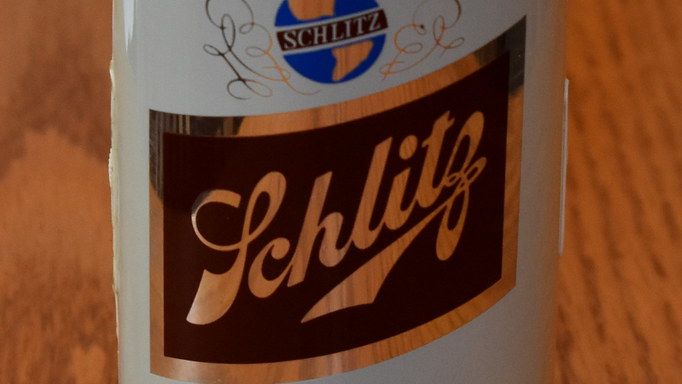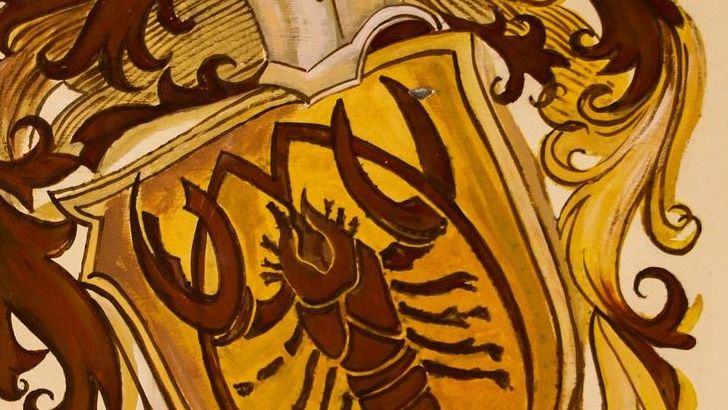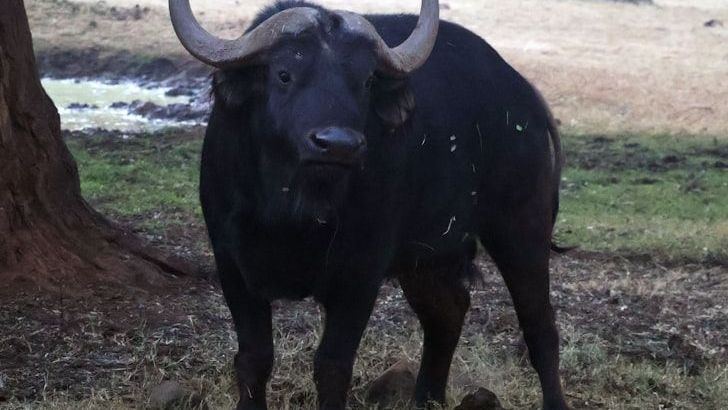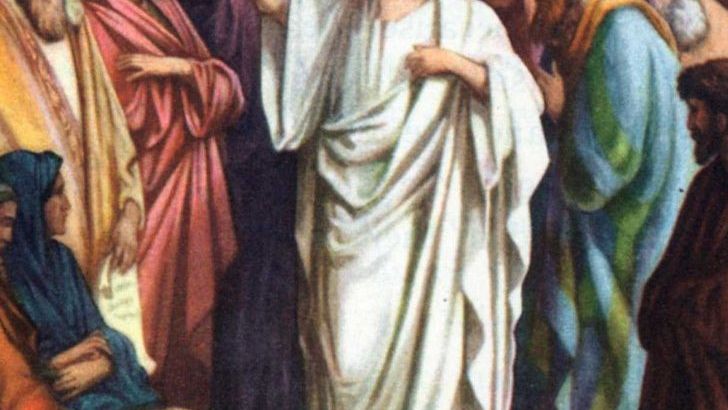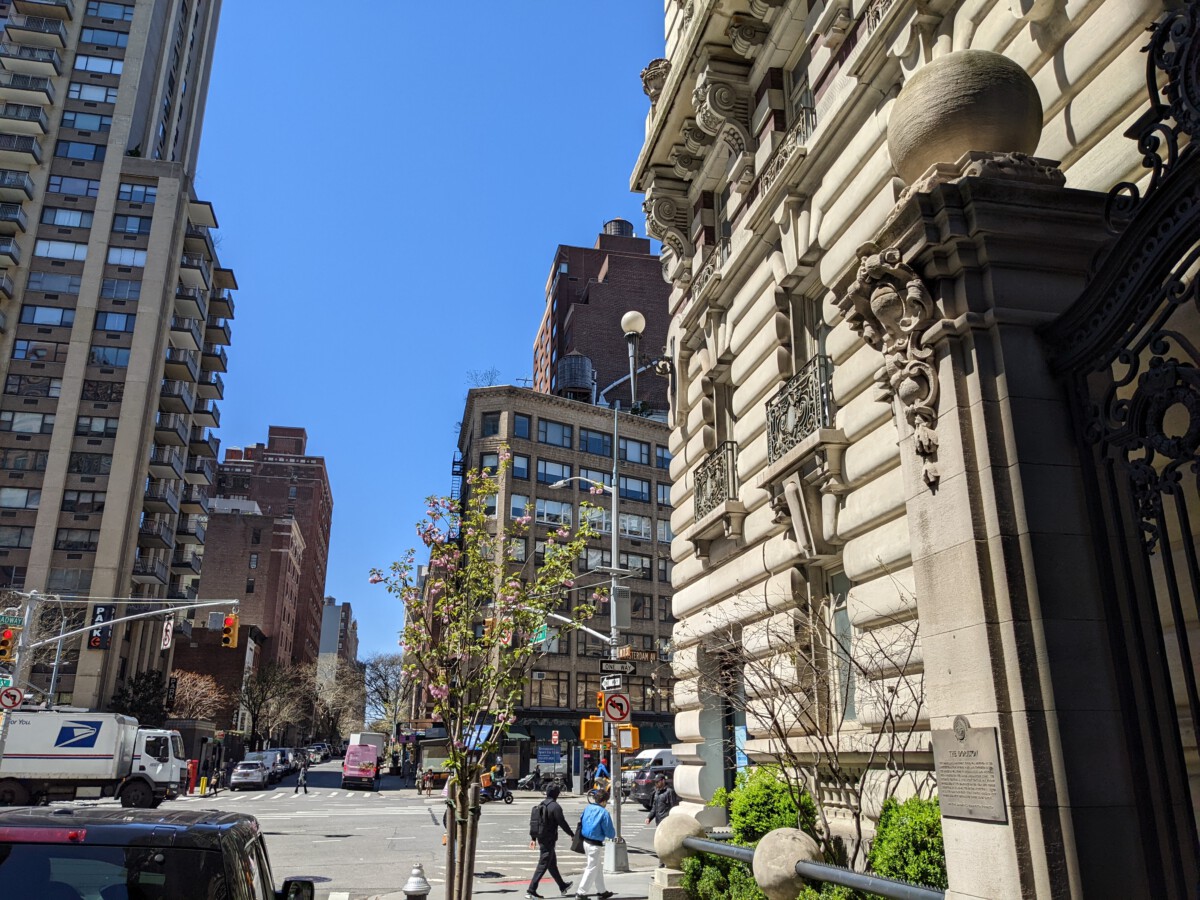Schlitz: The Beer That Made Milwaukee Famous

Once the king of American breweries, Schlitz held the gold crown as America’s largest brewer throughout the first half of the 20th century, with its flagship beer known as “the beer that made Milwaukee famous.” By 1902, Schlitz had become the world’s top beer producer and enjoyed that status at several points during the first half of the twentieth century, exchanging the claim with Anheuser-Busch multiple times during the 1950s. But what seemed like an unstoppable empire would crumble spectacularly in just a few decades.
During the 1970s, in an attempt to cut production costs and keep up with growing demands, Schlitz’s owners decided to shorten the beer’s brewing time by implementing a process called “accelerated batch fermentation,” while also opting to replace its malted barley with cheaper corn syrup. Sales dropped as Schlitz’s customers grew frustrated with the brand and started returning cases of beer, forcing the company to recall more than 10 million cans and bottles of beer in 1976, costing the company over $1.4 million.
The final nail in the coffin came with a disastrous ad campaign dubbed the “Drink Schlitz or I’ll kill you” campaign, featuring burly men and snarling boxers who threatened physical violence if someone were foolish enough to take away their cans of Schlitz. Schlitz closed its Milwaukee brewery in 1981 and was eventually purchased by the Stroh Brewery Company in 1982, later sold to the Pabst Brewing Company in 1999.
Billy Beer: Presidential Brother’s Folly

On October 31, 1977, William Alton Carter III, then-President Jimmy Carter’s younger brother, appeared at a press conference in Louisville, Kentucky, to announce that he was lending his name to a new beverage: BILLY Beer. The can sported Billy Carter’s endorsement: “I had this beer brewed up just for me. I think it’s the best I ever tasted. And I’ve tasted a lot. I think you’ll like it, too.”
Falls City correctly surmised that a beer endorsed by the President’s black-sheep brother would become a national sensation, so they licensed the Billy Beer brand and formula to three other regional breweries: Minnesota’s Cold Spring, Texas’ Pearl Brewing, and New York’s West End. However, there was one major problem: despite Carter’s promotion of Billy Beer, “in private he drank Pabst,” according to the 1977 Milwaukee Journal.
The brand folded up like a crushed can just one year later in 1978, when Falls City announced it was closing its doors after less than a year of cranking out the first brother’s suds. Time magazine pinpointed the beer’s crummy quality as the true reason for its downfall, despite claims that it “sank with the popularity of the President.” One estimate suggests 2 billion Billy Beer cans were made, making them worth about 25 cents at most today, with eBay prices for six-packs ranging from $10 to $30.
Brown Derby: Safeway’s Store Brand Wonder

A 1935 can of Brown Derby sold for an astounding $93,600 in 2024, making it one of the most valuable beer cans ever sold. Utilizing a process perfected in the 1930s, Safeway brought in northern California beer-maker Humboldt Malt and Brewing Company in 1935 to produce a store brand beer available exclusively at the supermarket’s outlets, called Brown Derby.
The beer faced early legal troubles when Humboldt was forced by a lawsuit to change its original can’s design featuring a derby hat and umbrella because it looked too similar to the marketing imagery of Los Angeles’s Brown Derby restaurant. Regardless of the packaging, Safeway customers bought so much Brown Derby pilsner that Humboldt very quickly found itself struggling to produce enough beer, forcing Safeway to call upon multiple small breweries by 1938.
While Humboldt shut down in 1940, various other breweries kept brewing Brown Derby ale for Safeway for decades until it was discontinued in the late 1980s, when Safeway sold stores to Vons. The beer was a favorite with students, not just because it was cheap, but also because it had puzzles underneath the bottle caps. The beer lasted until 1988, when various West Coast brewers stopped manufacturing it.
Falstaff: Shakespeare’s Namesake Beer

William Shakespeare’s favorite character was probably Sir John Falstaff, considering the drunk was used as comic relief in four of his plays, which is why in the early 1900s, St. Louis-based Lemp Brewery decided to rebrand as the Falstaff Brewing Company – what better way to market your beer than through the beloved character of a man who couldn’t get enough of it? By 1960, Falstaff was the third-biggest American beer company, trailing only Anheuser-Busch and Schlitz.
But then it faded due to the increasing popularity and utter domination of Budweiser, and by 1975, Falstaff had fallen to eleventh-place in the beer world when Pabst parent company S&P bought out the corporation. The last Falstaff Brewery in St. Louis stopped making beer in 1977, and operations limped along – produced by contracted breweries – until 2005.
By 1990, only a single plant in Fort Wayne, Indiana, still made Falstaff beer, before S&P discontinued it entirely in 2005, though Pabst Brewing Company acquired the brand but has not brewed the iconic beer. The brand that once commanded respect across America had become just another casualty of corporate consolidation and changing tastes.
Red White & Blue: Patriotic Budget Beer

Red White & Blue’s biggest selling point was its value – it was a crisp, light lager that was highly drinkable in part because of its low alcohol content of 3.2%, and a six-pack could cost as little as 89 cents in the 1970s. Red White & Blue was so inexpensive that Milwaukee bar The Avalanche used it as the liquid of choice for its “naked beer slide” in the 1980s.
In the decades after, Red White & Blue faded from prominence to where Pabst no longer produced it in any meaningful quantity, with production slowing in 1999 as the new generation’s taste for beer grew less old-school and more crafty. In July 2018, the Pabst Milwaukee Brewery and Taproom officially revived the parent company’s old brand, holding a beer garden party and adding the product to the pub’s taps, but it was never mass-produced again in bottles or cans and died off for good when the taproom closed in 2020.
The beer that once proudly wore America’s colors on its can couldn’t survive the craft beer revolution. While the lager was briefly relaunched in 2018 at The Pabst Milwaukee Brewery and Taproom, it’s no longer listed on the company’s official website, so presumably it’s gone forever. Sometimes even the most patriotic marketing can’t save a brand from changing consumer preferences and the march of time.

